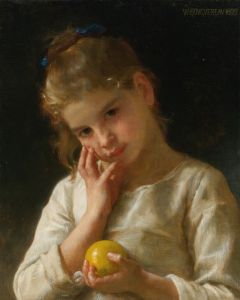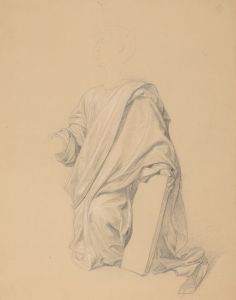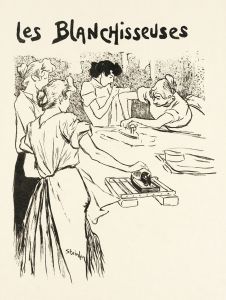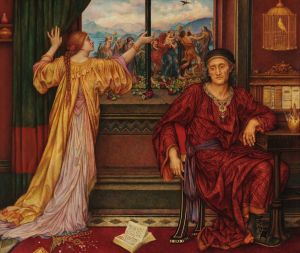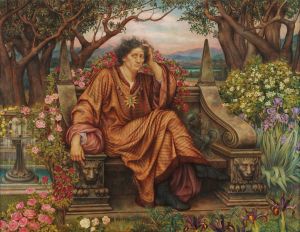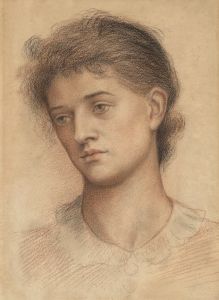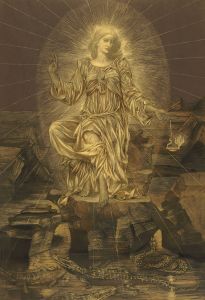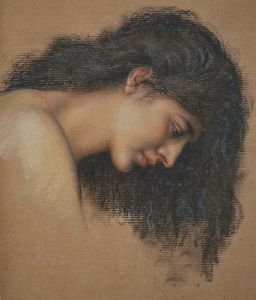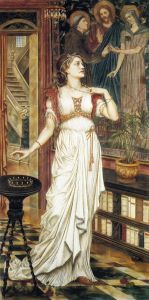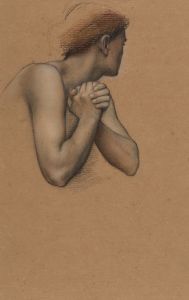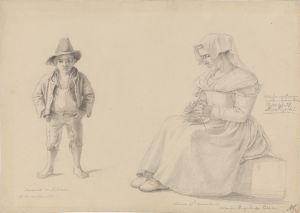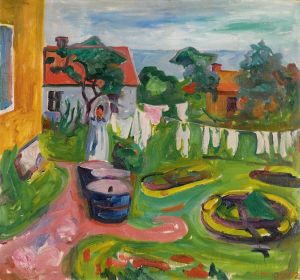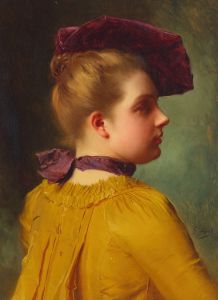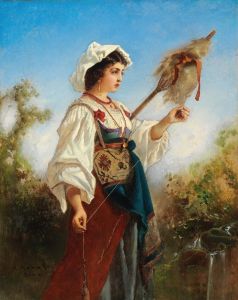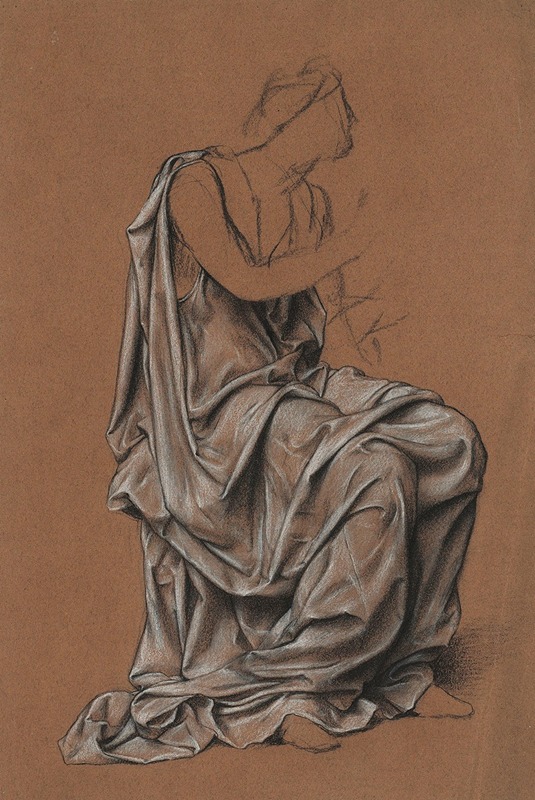
A drapery study for ‘The Love Potion’
A hand-painted replica of Evelyn De Morgan’s masterpiece A drapery study for ‘The Love Potion’, meticulously crafted by professional artists to capture the true essence of the original. Each piece is created with museum-quality canvas and rare mineral pigments, carefully painted by experienced artists with delicate brushstrokes and rich, layered colors to perfectly recreate the texture of the original artwork. Unlike machine-printed reproductions, this hand-painted version brings the painting to life, infused with the artist’s emotions and skill in every stroke. Whether for personal collection or home decoration, it instantly elevates the artistic atmosphere of any space.
Evelyn De Morgan, an eminent English painter associated with the Pre-Raphaelite movement, is celebrated for her symbolic and allegorical works. One of her notable pieces is "A drapery study for ‘The Love Potion’," which serves as a preparatory study for her larger painting, "The Love Potion." This study exemplifies De Morgan's meticulous attention to detail and her dedication to the preparatory processes that underpin her finished works.
Evelyn De Morgan was born in 1855 in London and was deeply influenced by the Pre-Raphaelite Brotherhood, a group of English painters, poets, and critics founded in 1848. The movement sought to return to the abundant detail, intense colors, and complex compositions of Quattrocento Italian art. De Morgan's work often reflects these influences, characterized by its vivid use of color and intricate detail.
"A drapery study for ‘The Love Potion’" is a testament to De Morgan's skill in capturing the nuances of fabric and texture. Drapery studies are a traditional part of an artist's preparatory work, allowing the artist to explore the way light and shadow play across folds of fabric, and to experiment with the composition and movement within the piece. This particular study would have been instrumental in the creation of "The Love Potion," helping De Morgan to visualize and perfect the drapery that would feature prominently in the final painting.
"The Love Potion," completed in 1903, depicts a scene rich with symbolism and narrative depth. The painting illustrates a sorceress or enchantress concocting a love potion, a theme that resonates with the mystical and the supernatural, common motifs in De Morgan's oeuvre. The drapery study would have been crucial in achieving the lifelike and dynamic representation of the fabric that envelops the figures in the painting, contributing to the overall ethereal and otherworldly atmosphere.
De Morgan's work is often noted for its feminist undertones, and "The Love Potion" is no exception. The painting, and by extension the drapery study, can be interpreted as a commentary on the power dynamics and societal roles of women during the Victorian era. The sorceress, a figure of both allure and power, challenges the traditional passive roles assigned to women, embodying both agency and influence.
Evelyn De Morgan's dedication to her craft is evident in her numerous studies and sketches, which reveal her process and the evolution of her ideas. "A drapery study for ‘The Love Potion’" not only highlights her technical prowess but also her commitment to creating works that are both visually stunning and rich in meaning. Her legacy is preserved through her paintings, which continue to be celebrated for their beauty and depth.
Today, De Morgan's works, including her studies, are held in various collections and continue to be the subject of scholarly interest and public admiration. They offer insight into the mind of an artist who was ahead of her time, both in her artistic techniques and in her exploration of themes that challenged societal norms.





